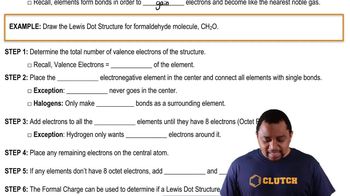Here are the essential concepts you must grasp in order to answer the question correctly.
Solubility Product Constant (Ksp)
The solubility product constant (Ksp) is an equilibrium constant that applies to the solubility of sparingly soluble ionic compounds. It represents the product of the molar concentrations of the ions, each raised to the power of their coefficients in the balanced equation. For Cd(OH)2, Ksp indicates how much of the compound can dissolve in water before reaching saturation, which is crucial for determining the amount of reactants needed in a titration.
Recommended video:
Solubility Product Constant
Neutralization Reaction
A neutralization reaction occurs when an acid reacts with a base to produce water and a salt. In this case, HNO3, a strong acid, reacts with Cd(OH)2, a base, to form water and cadmium nitrate. Understanding the stoichiometry of this reaction is essential for calculating the volume of HNO3 required to completely neutralize the base, as it involves a 1:2 molar ratio between HNO3 and Cd(OH)2.
Recommended video:
Lewis Dot Structures: Neutral Compounds
Molarity and Volume Calculations
Molarity (M) is a measure of concentration defined as moles of solute per liter of solution. To find the volume of HNO3 needed for neutralization, one must use the molarity of the acid and the moles of Cd(OH)2 present. The relationship between moles, molarity, and volume is given by the equation M1V1 = M2V2, which allows for the calculation of the required volume of HNO3 to achieve complete neutralization.
Recommended video:
Molar Mass Calculation Example
 Verified step by step guidance
Verified step by step guidance


